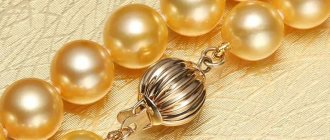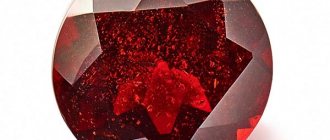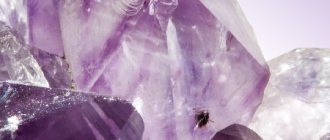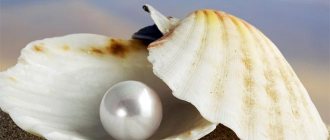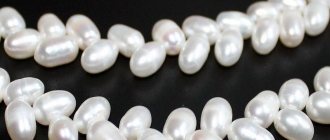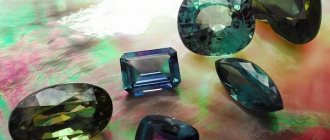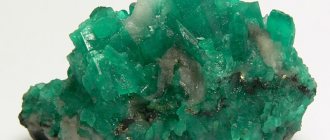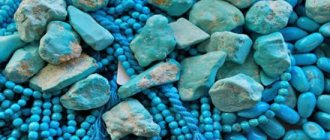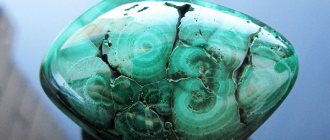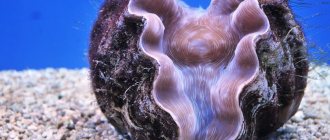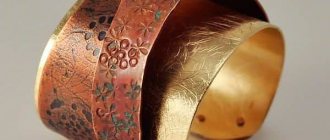| Stone type | Precious, semi-precious |
| Prevalence (Deposits) | Mexico, Panama, India, Tahiti, Sri Lanka, Japan, etc. |
| Varieties | Acoya, Baroque, Mabe, Mallorca, Oceanic, Freshwater, Tahiti, South Sea |
| Transparency | Translucent, opaque |
| Shine | Pearl |
| Mohs hardness scale | 3—4 |
| Chemical composition | CaCO3 |
| Color | White, blue, yellow, gold, pink, gray, black |
| Owner's color type | Spring, winter, autumn |
| Owner's temperament | Melancholic, Sanguine |
| Names | Andrey, Boris, Valentina, Galina, Eva, Evgeny, Evdokia, Inna, Irina, Claudia, Lilia, Margarita, Nadezhda, Oleg, Rosa, Sergey, Sofia, Elina, Yuliana |
| Zodiac sign | Libra, Cancer, Pisces |
| Date of Birth | from June 22 to July 22 from September 23 to October 23 from February 19 to March 20 |
| Chinese horoscope | Rabbit, horse, dog |
| Element | Water, Air |
| Planet | Neptune |
| Day of the week | Monday |
| Month | June, July, November, February |
| Season | Winter, summer, autumn |
| Numerology vibration | 2, 6, 7 |
| Chakra | Vishuddha, Sahasrara |
| What stones is it compatible with? | Aventurine, aquamarine, amethyst, turquoise, diamond, heliodor, heliotrope, garnet, emerald, moonstone, opal, rose quartz, ruby, chrysoprase, zircon, jasper |
| What stones is it not compatible with? | Beryl, malachite, sardonyx |
| Therapeutic effect (problems) | Blood pressure, vision, immunity, nervous disorders, memory and mental abilities |
| Therapeutic effect (on organs) | Organs of the gastrointestinal tract |
| Magic properties | Spiritual development, deception, strengthening relationships, black magic |
Pearls are the only precious mineral of animal origin in the world. Jewelry with it has been valued at all times. High and stable demand has led to the emergence of many imitations of this material. In order not to buy a fake, you need to know how to distinguish natural pearls from artificial ones.
Terminology: What are wild, cultured and cultured pearls?
There are several varieties of pearls. The well-known natural one is far from the only representative of this type of mineral. In addition to it, there are cultivated and artificial types.
Natural pearls can be divided into sea and river pearls. Natural “gift of the sea” is formed by the introduction of a grain of sand into the mantle of a bivalve mollusk. Over time, it becomes covered with a layer of mother-of-pearl. This process takes several years - this is what makes pearls such a valuable material.
Be sure to watch: All about freshwater pearls
The freshwater species is formed in exactly the same way, however, unlike the marine species, it has a less expressive shine and is not always an ideal shape. For this reason, its cost is much lower.
A cultivated mineral is created by man. The principle of its formation is the same. The only difference is the core of the pearl. It's artificial. The longer the pearl “matures,” the thicker the layer of nacre formed. With artificial cultivation, you can control not only the size, but also the shade of the mineral. Visually, cultured pearls are very difficult to distinguish from natural ones. The leader in this area is Japan, second place belongs to China.
Artificial pearls are also available in several types. The most famous is called “Mallorca” (after the place of production). This is an organic type of pearl that imitates the natural process of pearl formation. Today it is the best imitation of natural pearl mineral on the jewelry market.
Roman pearls, the ancestor of the artificial variety, are glass beads filled with paraffin and coated with pearl essence.
Shell pearl is an American invention consisting of a core and many layers of pearlescent varnish.
It would be a stretch to call plastic beads artificial pearls. However, it is under this name that they can be found on the shelves of jewelry stores.
Natural gifts - how to recognize them yourself
Natural beads, the product of many years of oyster labor, have several distinctive features that make them quite easy to distinguish from fakes.
- Let's start with the form. Remember that under natural conditions the beads are not of ideal shape. The surface of the pearl is rough with small flaws. They are easy to feel if you try the ball “tooth” - it will squeak. Artificial products are usually perfectly even and smooth.
- Hole analysis will help you distinguish a fake. Before looking for information on how to clean natural beads, make sure that they are genuine - natural pearls will not have paint deposits or clearly visible “core” contours in this area.
- It is easy to distinguish the original from a fake in daylight. A real pearl has several shades and shimmers beautifully. Artificial ones are distinguished by an even metallic sheen and uniform tone. It is enough to hold the bead under the light of an ultraviolet lamp to see whether it is real or not. Natural pearl jewelry glows blue, while cultured pearl jewelry is always green.
- An important distinguishing feature of natural material is its ability to adhere to the surface of a liquid with a density of 2.7.
Extreme methods
If all the previous tips on how to identify real pearls do not inspire confidence, there are more extreme methods.
- But a string of natural pearls will withstand the test of fire with dignity, which cannot be said about counterfeit products.
- A fun way to test a pearl necklace or beads at home is to rub the beads together. If it is a natural material, some pearlescent dust will appear between them, while the surface will remain intact. Using the same method, you can try testing a bracelet or earrings encrusted with pearls.
- A simple way to make sure that you have not been deceived is to check the density of the beads. A necklace is not suitable for these purposes; it is too large. It is better if it is a pendant with one or two beads. Try throwing a ball over the table. If it is a pearl, it will be as bouncy as a table tennis ball.
- Looking for more ways to identify genuine pearls? Take the product for an x-ray and examine the contents of the beads. Natural jewelry is always cool to the touch and heavier than it appears.
In the case of purchasing large non-standard pearls, for example, pink ones from India, we should talk about prices of several hundred thousand dollars.
Team LyubiKamni
Basic verification methods
You can determine the authenticity of pearls at home using the following methods:
- visual;
- mechanical;
- chemical-physical;
- formal.
By combining these methods, confidence in the results can be significantly increased.
Visual inspection methods
Visual assessment includes examination of characteristics such as:
- color;
- form;
- structure;
- shine;
- weight.
How to distinguish natural pearls from artificial ones?
